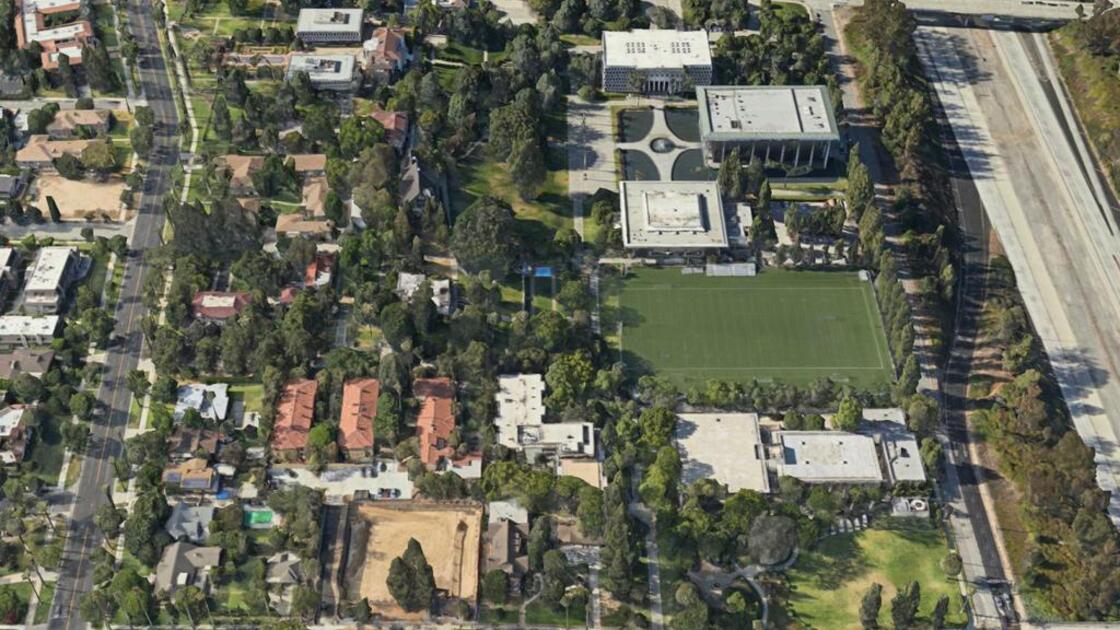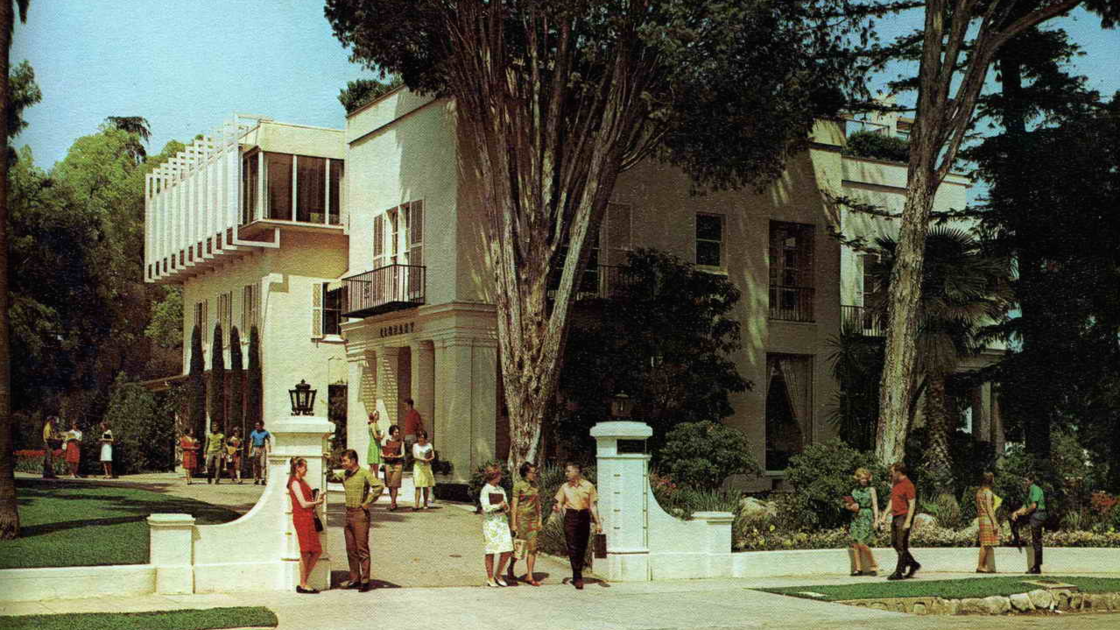EDMOND—Snow-capped mountains rise into the clouds to the north. The high-rises of Los Angeles and Old Pasadena form a crenellated 360-degree metropolitan skyline. Closer by, stately buildings stand among mature trees and idyllic gardens crossed by elegant promenades.
“I was in awe the first time I saw it,” said Minnesota member Daniel Aldrich. “My jaw pretty much dropped open.”
This is the view from the recording building on the campus of Ambassador College, Pasadena, in the late 1970s. This is where the Church of God’s first radio station first began broadcasting. From a studio Herbert W. Armstrong had used to record the World Tomorrow radio program, staff and students operated Ambassador’s own radio station: kbac. kpcg is reviving that tradition and also opening up numerous first-time opportunities for radio in God’s Church.
kbac ran from around 1970 into the 1980s. The station’s main purpose was to provide broadcasting opportunities for students in the college’s Mass Communications program. Aldrich worked at the station during the late 1970s, and said it was so popular that there was a waiting list for students who were able and interested to fill a program slot on the broadcast schedule. Students produced programs, developed listening audiences, and sold advertising to local businesses.
The programming included World Tomorrow radio programs by Mr. Armstrong as well as news updates from the Associated Press and Reuters. Students took copy from two teletype machines, selected stories, edited them, recorded them and later broadcasted the recordings. Students also had their own programs, with titles including “Your Man Dan” and “The Cisco Kid.” Student hosts played music, led talk radio, conducted interviews, performed comedy skits, or read serial radio stories. Aldrich recalls a Star Wars parody radio story that had most of the campus in stitches. Programming also included advertisements for local businesses.
Because of technical limitations, kbac only reached a few hundred students, faculty and staff living and working on campus. kbac did not broadcast over the air. Obtaining an AM or FM license was considered too expensive. It used carrier current; meaning that the engineer ran an FM signal through the alternating current wiring on campus, which acted as a short-range antenna.
kpcg follows the pattern of kbac in some respects, but diverges in other respects. It plays Key of David programs like kbac did with World Tomorrow programs. It runs 5-minute news segments at the top of the hour, updated four times a day, and like kbac, plays classical music.
kpcg broadcasts two original programs focused on world events: The Trumpet Daily Radio Program and Trumpet Hour. It also airs Music for Life, a music appreciation program.
kpcg has a much greater reach than kbac because of technological advances and its low-power radio license. It transmits over 110 square miles to an estimated potential audience of 60,000 people. It also streams its content online on kpcg.fm.
Aldrich said that kpcg is a “blessing and open door from God,” especially since kbac never broadcast over the air.
“You’re raising the ruins and then some,” he said.
kpcg serves a purpose for the college, but its purpose is to reach far beyond the boundaries of the headquarters campus, Philadelphia Church of God Pastor General Gerald Flurry said.
“The main purpose, as far as the college is concerned, is to give the students experience being on live radio,” Mr. Flurry said. “But we believe there is a deeper purpose, and that is to reveal to this world God’s way of life.”


